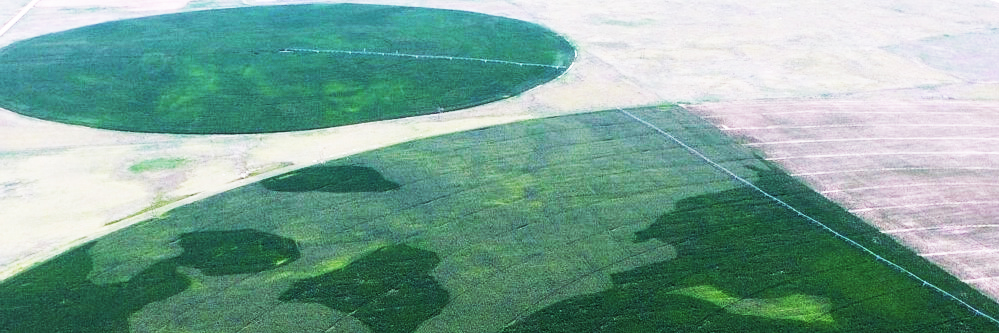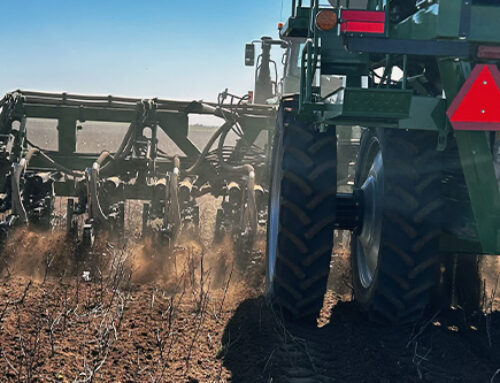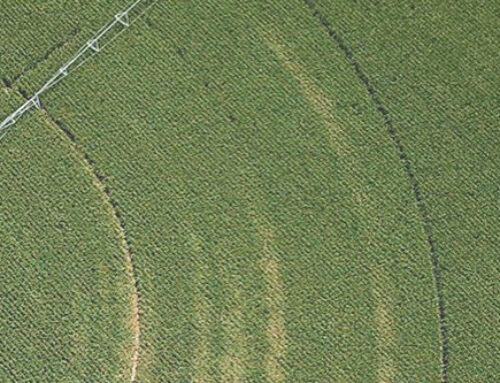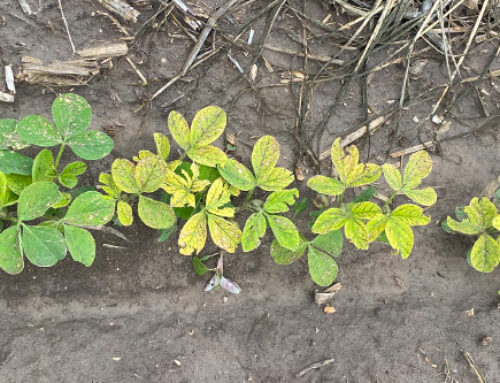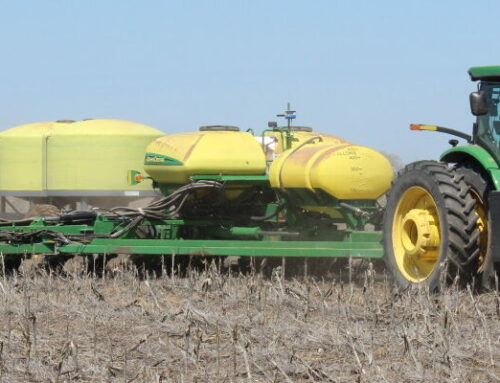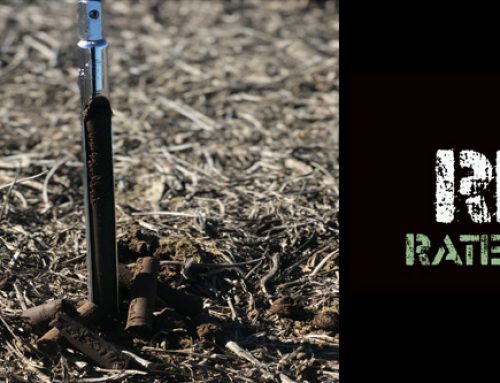One of the great things about precision agriculture is that technology is constantly evolving in order to make farming more productive. Variable rate fertilization and seeding is becoming increasingly popular and continues to be adopted rapidly throughout the Great Plains. From this, a new technology has emerged and farmers in the market for a new planter have another tool to consider: planters capable of planting multiple hybrids or cultivars on the go.
This technology is unique in that it offers not only variable rate seeding, but is capable of planting entirely different hybrids that may be better suited to certain known management zones of good or poor productivity. The main goal of multi-hybrid planting is to put an offensive, or “racehorse” hybrid in zones of highly productive soil and a defensive, or “workhorse” hybrid on more challenging soils. Multi-hybrid prescription recommendations are developed using EC (electroconductivity) or OM (organic matter) maps overlaid with yield data. Crop Quest offers the ability to create these zones using EM or EC sensor equipment, such as a Veris or Dual EM sled. Your agronomist can help you determine which areas of your field are highly productive and which are less productive. Once these management zones are created, hybrids and seeding rates can be chosen to maximize the productivity throughout the field regardless of the zone.
Selecting the correct hybrids to place in each management zone is the key to optimizing the potential of this system. Not only must hybrids be chosen that will perform well in each zone, they must also be complementary with one another in terms of overall field and harvest management. For example, if your production zones are based on soil texture, hybrids that have root systems that work well with each specific soil texture should be chosen. If your management zones are based on organic matter, hybrids that tolerate drought stress should be placed in known sandy zones. For heavier soils or known “low spots” where water tends to pool, a hybrid that is more tolerant of wet conditions should be chosen.
There are a wide range of hybrids available with performance based on different agronomic traits. As multi-hybrid technology becomes more commonplace in the industry, it is likely that seed companies will begin to offer packages of complementary hybrids tailored for specific cropping scenarios. Additionally, while this technology is currently being utilized in corn and soybean production, it is likely that over time we may see these capabilities expanded into other cropping systems.
Much like all variable rate technologies, the goal of multi-hybrid planting is not to make yield the same across the whole field, but rather to maximize the potential productivity of each management zone within the field. Research has shown that when implemented correctly, multi-hybrid technology can produce higher yields and lead to a good ROI on the planter itself. As low grain prices continue to affect farmers throughout the US, it has become increasingly important to maximize profitability on the farm. Visit with your Crop Quest agronomist to determine if multi-hybrid technology is a good fit for your operation.
Written by Brooke Zimmer, Agronomist
Photo Credit: Ormiston Farms
